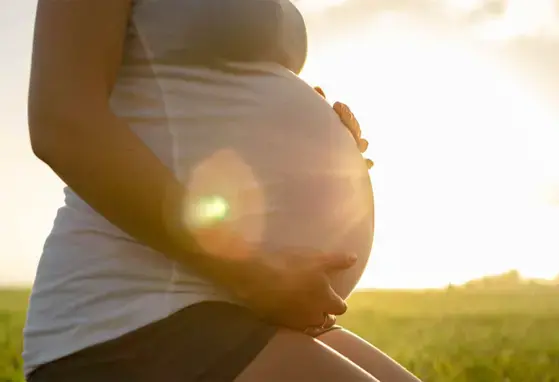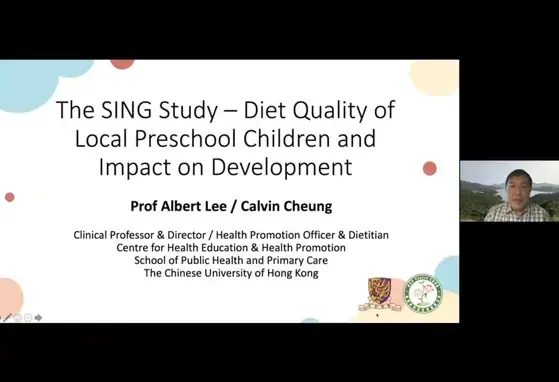Local data

[Local data] Serum 3-epi-25-hydroxyvitamin D concentration and its influencing factors

[Local data] Free sugar content in pre-packaged foods and beverages in Hong Kong

The SING Study – Diet quality of local preschool children and impact on development: Prof. Albert Lee

Local challenges of maternal and infant nutrition: Prof. Wing Hung Tam
![[Local data] The second population-based food consumption survey in Hong Kong](/sites/default/files/styles/card_m_mobile/public/2021-10/map-opt.jpg.webp?itok=uK0kxa3V)
[Local data] The second population-based food consumption survey in Hong Kong
![[Local data] The first city-wide iodine survey in Hong Kong](/sites/default/files/styles/card_m_mobile/public/2021-10/iodine-opt.jpg.webp?itok=p82TmcwC)
[Local data] The first city-wide iodine survey in Hong Kong

[Local data] Iron status among Hong Kong mothers and infants
![[Local data] The influence of lifestyle intervention on gestational diabetes in high risk Hong Kong women](/sites/default/files/styles/card_m_mobile/public/2019-11/image%281%29_0.jpg.webp?itok=q_MuUl0y)
[Local data] The influence of lifestyle intervention on gestational diabetes in high risk Hong Kong women